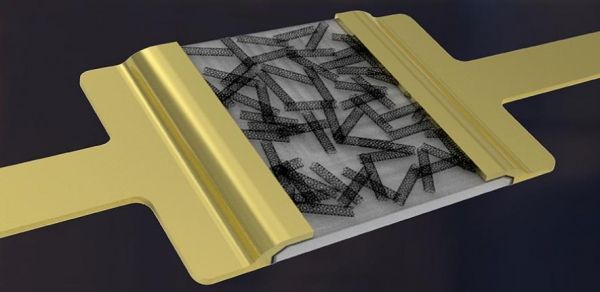Researchers have developed a new approach to printed electronics that allows ultra-low-power electronic devices which could recharge from ambient light or radiofrequency noise. The approach paves the way for low-cost printed electronics that could be seamlessly embedded in everyday objects and environments.
Electronics that consume tiny amounts of power are key for the development of the Internet of Things, in which everyday objects are connected to the internet. Many emerging technologies, from wearables to healthcare devices to smart homes and smart cities, need cost-effective transistors and electronic circuits that can function with minimal energy use.
Printed electronics are a simple and inexpensive way to manufacture electronics that could pave the way for low-cost electronic devices on unconventional substrates – such as clothes, plastic wrap or paper – and provide everyday objects with ‘intelligence’.
However, these devices need to operate with low energy and power consumption to be useful for real-world applications. Although printing techniques have advanced considerably, power consumption has remained a challenge – the different solutions available were too complex for commercial production.
Continue reading at University of Cambridge.
Image via Luis Portilla.


